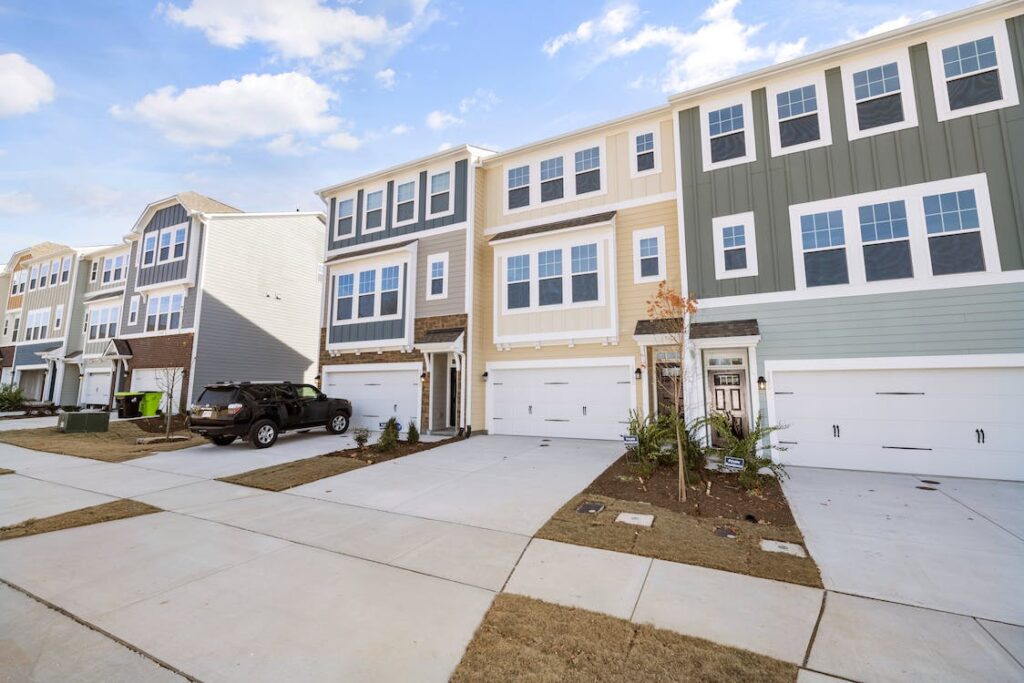Low-Income Homeowners and Renters Bear the Brunt of U.S. Disasters
The U.S. has been hit by 23 separate major disasters, the highest number since NOAA started keeping records in 1980. These disasters — which include hurricanes, wildfires, flooding, tornados, and hail — collectively have killed more than 250 people, caused over $57 billion in property damage, and are both causing and exacerbating health issues in regions across the country. Their impact is disproportionately felt by low-income homeowners and renters.
As weary homeowners try to recover from these disasters and prepare for ever more extreme weather, they face a new crisis: disappearing insurance coverage which threatens to bankrupt families and communities and could have a domino effect on the mortgage and construction industries. Mounting losses from disaster-related claims have driven several major insurers to stop writing new policies in California, Colorado, Florida, and Louisiana.
In many states, double-digit premium increases, higher deductibles, and reduced coverage are becoming the norm. As private insurers retreat from the market, residual markets (nonprofit, state-chartered insurers of last resort) are forced to pick up the slack at a scale for which they were not designed. The rate of uninsured homeowners has risen from 5% to 12% in just the last three years due to increasing costs.






